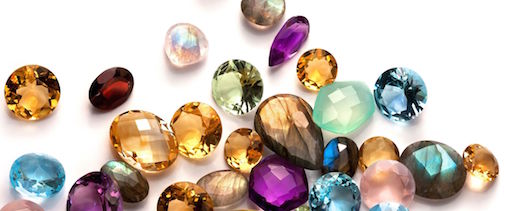To help us understand dementia, experts have come up with ways of describing different phases of the disease:
1) The Alzheimer’s Scale (3 stages): mild, moderate, late.
2) Four-Stage Model (4 stages): early, middle, late, end-of-life.
3) Global deterioration (7 stages): no impairment, very mild decline, mild decline, moderate decline, moderately severe decline, severe decline, and very severe decline. (Keep those sorted one from the other if you can!)
These scales and descriptors focus almost exclusively on decline and loss rather than on the richness of the human experience.
At best, they set us up to see the glass half empty rather than half full; at worst they foster the belief that people with dementia are on a journey that is nothing more than a long slow, tortuous train through hell – a journey in which they are robbed of their very selves as they disappear into a black hole of oblivion.
This overwhelmingly negative perspective is an injustice to people who live with dementia, and is problematic in all kinds of other ways. Among them:
- It goes hand-in-hand with the traditional biomedical model of the disease, which in itself creates a multitude of care issues.
- It results in people treating people with dementia in demeaning and unhelpful ways.
- It causes family, friends, and caregivers to suffer more loss, pain and grief than they need to.
No wonder we are all so terrified of this “horrible” disease!
But it doesn’t have to be like this. I know because I have discovered treasures amidst what many see as tragedy. One simple way to transform the way we see the disease and the people who live with it is to use a positive approach centered on people’s humanity and on what they can do rather than on what they can’t.
Dementia care expert Teepa Snow suggests a wonderful model that does exactly that.
Adapted from Claudia Allen’s Cognitive Disability Theory, Teepa’s GEMS™ revolve around remaining abilities rather than capacity losses.
It’s a much more hopeful and helpful lens through which to see the disease and those who live with it and it provides a framework in which we can support and encourage people with dementia to live enriching lives until the end.
The GEMS™ model uses sapphires, diamonds, emeralds, amber, rubies, and pearls to help us better understand people with dementia, their behaviour and how we might choose to respond.
I find the analogy of a pearl in an oyster shell to describe the last phase of life with dementia to be especially beautiful and fitting.
If what you think you see is an ugly shell, remember to look deeper: “the most important thing is what’s inside.”
Teepa Snow explains her GEMS(TM) model here:
Teepa Snow demos 10 ways to calm a crisis with a person living with Alzheimer’s / dementia
#mc_embed_signup{background:#fff; clear:left; font:14px Helvetica,Arial,sans-serif; }
/* Add your own MailChimp form style overrides in your site stylesheet or in this style block.
We recommend moving this block and the preceding CSS link to the HEAD of your HTML file. */
Subscribe to MAS now & get 5 free PDFs & a page of welcome links:
//s3.amazonaws.com/downloads.mailchimp.com/js/mc-validate.js(function($) {window.fnames = new Array(); window.ftypes = new Array();fnames[0]=’EMAIL’;ftypes[0]=’email’;fnames[1]=’FNAME’;ftypes[1]=’text’;fnames[2]=’LNAME’;ftypes[2]=’text’;}(jQuery));var $mcj = jQuery.noConflict(true);






I was introduced to the Gems through a webinar I attended a few months ago where Teepa spoke. I think it’s a wonderfully thought-out approach to dementia care. I hope to learn more from you as you continue to share.
LikeLike
Yep, Teepa is amazing! Maybe we can touch on this in our Together in This webinar Mike 🙂
LikeLike
Spending the week with my mother while her husband is away at a conference and i can see how people focus on the loss and not the rich inner emotional interactions that are still possible. We are so limited when we put all our emphasis on the product or ends; we miss out on so much without the means or process. It seems to me that my mother’s Alzheimer’s forces her to be in the moment, on the process and if I want to truly be with her, I have to join her there instead of forcing her to be focus on something that is beyond her grasp and frankly not all that important!
LikeLike
You hit the nail EXACTLY on the head Heidi.
WE are the ones who must change and adjust to open up the possibility for shared joy and meaning. It helps to be childlike and to tap into our sense of wonder. It’s not easy to do at first and it takes TIME and PATIENCE, both of which are in short supply in our hectic lives. Living with and caring with people with the disease requires a “reset.”
Thanks for articulating it so clearly and concisely – I’m going to use your comment in an upcoming post ❤
LikeLike
it is so easy to focus on what is lost and not what is THERE—sometimes all we can see is the shell of the person that used to be and forget to look for the pearl that might be hidden away. No matter how you look at it- it is a cruel disease.
LikeLike
Thanks Diana. I don’t see Alzheimer disease as any more cruel than any other, but I’m with you on looking for the hidden pearls ❤
LikeLike